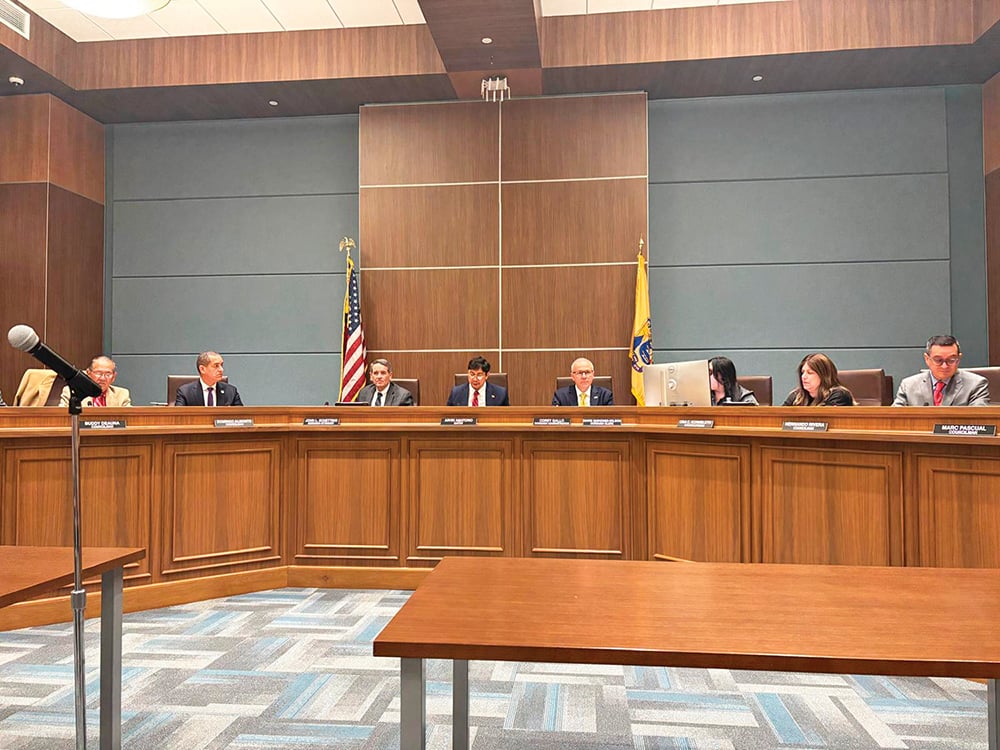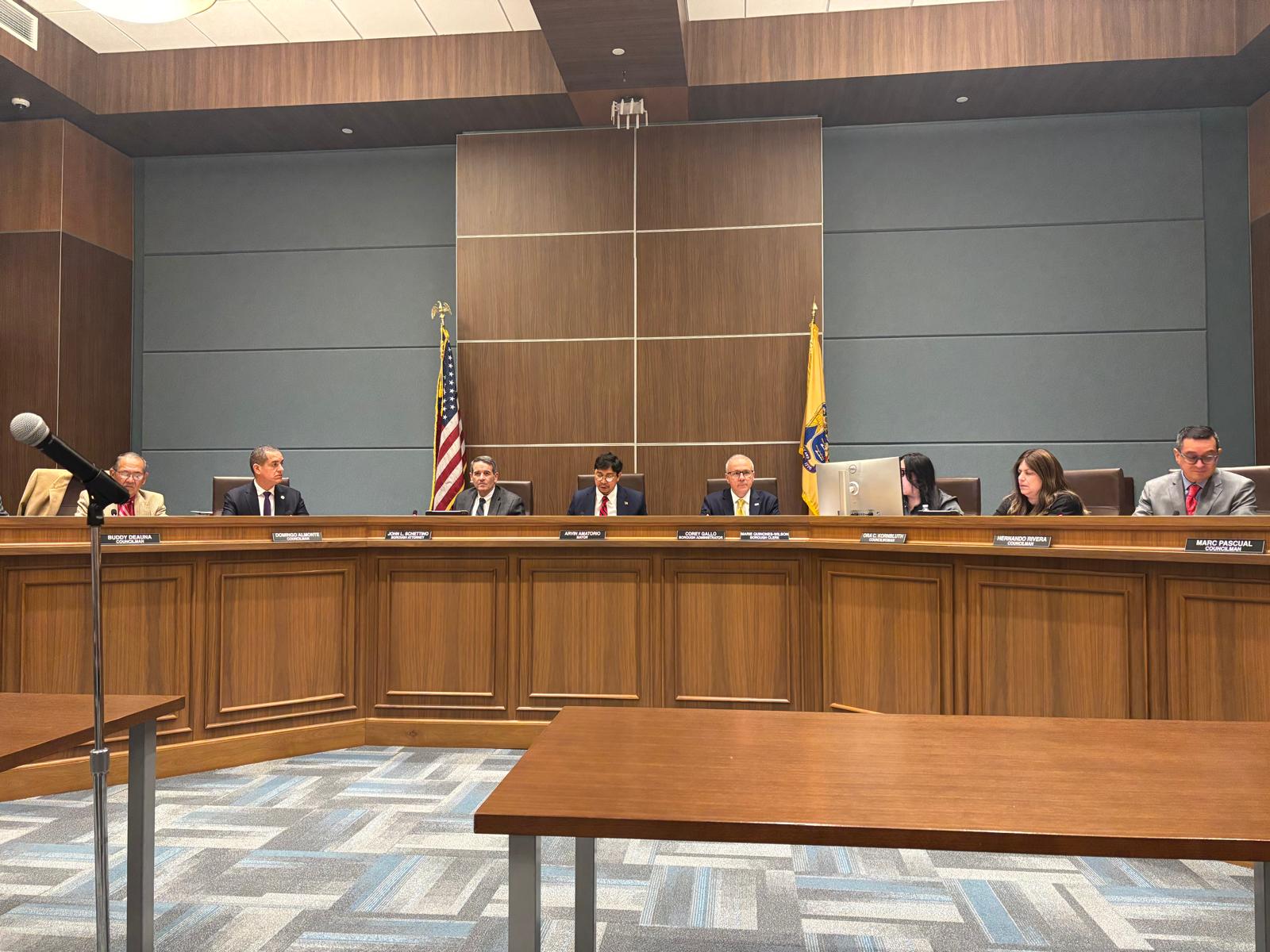A well-known 1981 analysis of the causes of cancer estimated that occupational exposures were responsible for 2-3% of cancer. Subsequent analyses have not much altered that estimate. In this category, most experts concur that the most widespread culprit is asbestos. The person given the most credit for bringing this issue to light was Irving Selikoff of Mt. Sinai Hospital.
Selikoff was born in Brooklyn of Jewish immigrant parents from Russia in 1915. He went to Columbia University for his undergraduate degree. His medical training has been rather murky as he attended St. Andrew College, part of the Royal College of Surgeons in Scotland—this was a not uncommon route for Jews during the era of quotas and antisemitism during that era. He then interned in Newark, New Jersey and became a chest physician, joining the staff at Mt. Sinai Hospital with which he was affiliated for the remainder of his career.
In 1952, Selikoff and a colleague were responsible for establishing the effectiveness of isoniazid (INH) for the treatment of tuberculosis. This was the first drug generally effective for this dread disease. He later won the Albert Lasker Award for this work, a major honor.
He lived in Ridgewood, New Jersey, and in 1953 he opened a private practice in chest medicine in Paterson. A local asbestos workers’ union from a local asbestos plant asked if he would accept the union’s members as part of his clinic, and he agreed. Very quickly he had multiple deaths from among this group of patients, 14 from lung cancer, asbestosis, or mesothelioma. In particular, there were several cases of mesothelioma when the normal incidence of this disease was 5/100,000/year—he realized that these workers had profoundly elevated risks.
It would be worthwhile spending a moment to describe what asbestos is and why it may be so harmful. It is not a chemical but instead is a long and thin naturally occurring fiber. It is fire-resistant and thus valuable for insulation. The fibers are not smooth, like silica, but have thorns and spikes, which make them irritants. The size of the fibers is important in terms of whether they are able to get into the lung past the nasal cavity and bronchi, and somehow these fibers are able to penetrate the lung itself to reach the pleural space and cause mesothelioma (a topic for a future article).
In the early 1960s, Selikoff was made director of the Division of Environmental and Occupational Health at Mt. Sinai, the first such entity at any institution in the U.S. In this role, along with several collaborators, he undertook his first major study of asbestos and cancer, published in JAMA in 1964. This was a retrospective cohort study of 632 insulation workers who were members of the Asbestos Workers Union in New York as of 1942. The work history for each was obtained and they were followed through 1962, with death records obtained from the union’s welfare fund. For the first five years of follow-up, there were fewer deaths than expected compared to the general male population, reflecting what is known as the healthy worker effect. But then the death rates went up. There were 45 deaths from cancers of the lung and pleura versus 6.6 expected; 29 from cancers of the alimentary tract versus 9.4 expected; and 12 deaths from asbestosis. Of the 45 pulmonary deaths, three were from mesothelioma.
A follow-up paper in JAMA in 1968 obtained further information on a subset of this cohort, specifically their cigarette smoking habits. Of 370 men who were interviewed, 283 were regular smokers. In this further analysis, there were 27 deaths from pulmonary malignancies versus 2.3 expected as compared to the general population (a ratio of 12 to 1). Of these, 24 were due to lung cancer (three to mesothelioma), for a ratio of 10 to 1. All 24 lung cancers occurred among the 283 workers who were cigarette smokers while there were no deaths among the 87 nonsmokers. Analysis thus gave a risk of lung cancer among smoking asbestos workers that was 92 times that of nonsmoking non-asbestos workers, an interaction referred to as synergy.
Selikoff went on to publish similar but larger cohort studies which confirmed and amplified these findings. In addition, he lobbied for restrictions on the use and exposure to asbestos. Such regulations were later issued by the federal government during the 1970s to limit asbestos exposure. In later decades laws were issued regarding abatement or the removal of asbestos from buildings. Much of this regulation was initially proposed or promoted by Selikoff and his colleagues.
While we have discussed asbestos primarily with regard to lung cancer, we should note its strong association with mesothelioma, a malignancy of the lining of the lungs and peritoneal cavity, as well as its association with malignancies of the gastrointestinal tract. Of course, it is also hazardous with regard to asbestosis, a chronic lung condition caused by exposure to asbestos.
Alfred I. Neugut, MD, PhD, is a medical oncologist and cancer epidemiologist at Columbia University Irving Medical Center/New York Presbyterian and Mailman School of Public Health in New York.
This article is for educational purposes only and is not intended to be a substitute for professional medical advice, diagnosis, or treatment, and does not constitute medical or other professional advice. Always seek the advice of your qualified health provider with any questions you may have regarding a medical condition or treatment.













